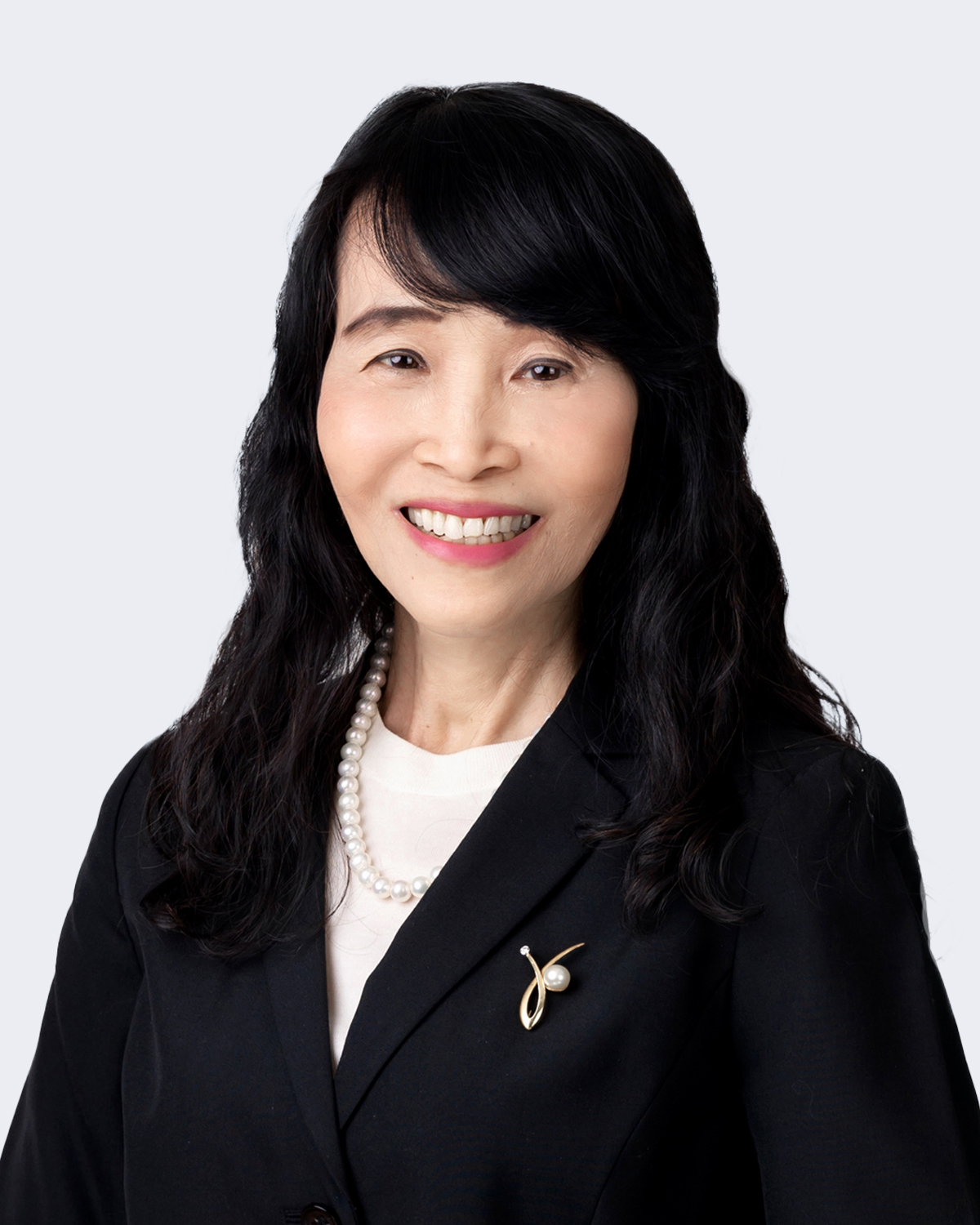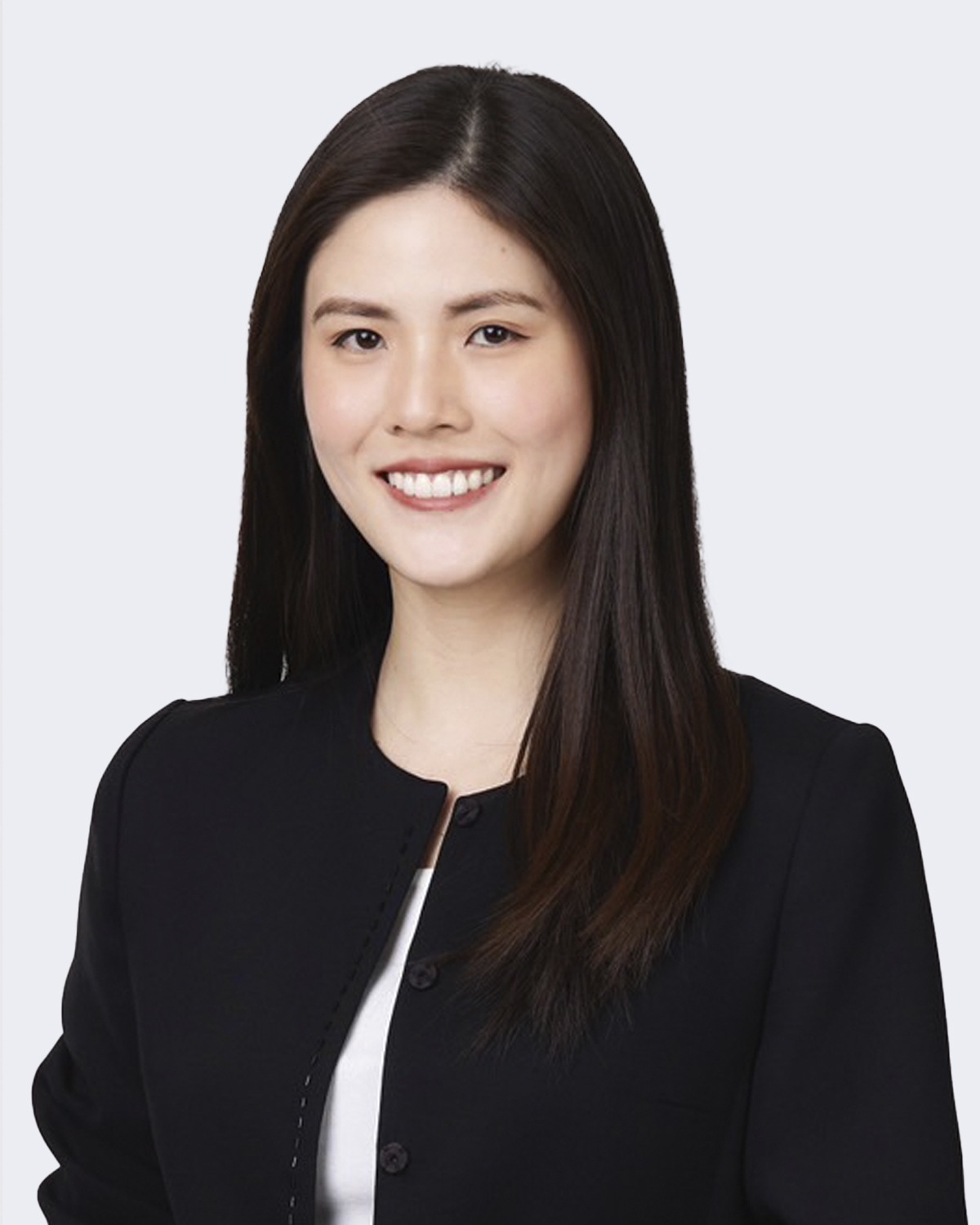As of 22 June 2020, Thailand has received 20,368 Madrid applications and, if considering only the years 2018 and 2019, almost 60% of foreign marks filed in Thailand utilised the Madrid System. With the system now in its third year, this update reflects on observations of the Madrid System and identifies the practical points for brand owners to consider when deciding which of the two channels—the Madrid System or the direct national route in Thailand—is the most efficient.
Madrid Application Receiving Office
The Madrid Application Receiving Office was set up to receive and examine international applications using the Madrid System. Once WIPO notifies the office of the designation, the latter will allocate a local application number and translate the applicant’s name and the list of goods or services. The office will have to make decision within the 18-month time limit under Thailand’s declaration of accession to Madrid Protocol.
If the office finds no grounds for refusal, it will publish the Madrid application in the Thai Trademark Gazette and, if no opposition is filed, issue a statement of total grant of protection. However, if grounds for refusal are found, the office will issue and send a provisional refusal to WIPO, which will then transmit it to the applicant. The applicant will have 90 days to appoint a local representative and file a response.
Provisional refusal
Statistics gathered by IP-based software revealed that more than 85% of Madrid applications designating Thailand during 2017–2018 received provisional refusals, usually citing vagueness of the description of goods or services. It is important to note that Thailand is not a member of the Nice Agreement, but has broadly adopted the Nice Classification in tailoring its version of the Manual of Goods and Services. The office requires that the identification of the goods or services be clear and concise, and it does not accept wording such as “namely” or “including”. Long descriptions that include several goods or services must be split into separate descriptions on an item-by-item basis. Examples of accepted and rejected descriptions from the Manual of Goods and Services are provided below:
Once registered, the office will issue a Thai-language certificate of trademark registration—with the applicant’s name in Roman alphabet letters and the list of goods or services in English—which is then sent to the appointed local representative.
Differences between the Madrid and national filing systems
Below are the major points of difference between the two systems:
The Madrid System is beneficial to brand owners as it provides a low-cost and effective solution for obtaining and maintaining trademark protection in multiple jurisdictions. However, for Thailand, it is crucial that brand owners be aware of the high possibility of refusal, so that they can better plan their brand protection strategies in a more cost-effective way.
This article was first published by World Trademark Review on July 1, 2020, and is reproduced here with thanks.






